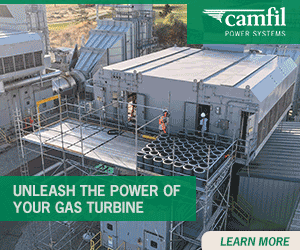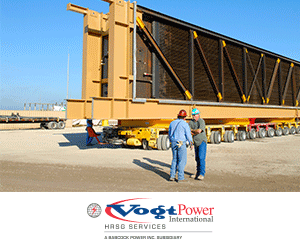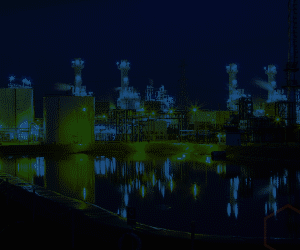 Compressor sessions at 7F annual meetings are well attended because of the depth of the presentations made and the follow-on Q&A and discussions they generate. A case history from the 2022 meeting helps refresh your recollection of how valuable the 7F content is and why you want to register for the Atlanta meeting NOW!
Compressor sessions at 7F annual meetings are well attended because of the depth of the presentations made and the follow-on Q&A and discussions they generate. A case history from the 2022 meeting helps refresh your recollection of how valuable the 7F content is and why you want to register for the Atlanta meeting NOW!
The user portion of last year’s conference leaped out of the gate on the first afternoon with a presentation on session on a most untimely failure of an unflared compressor rotor in a 20-year-old machine at a 2 × 1 site (DLN 2.6- and AGP-equipped) with 115,000 fired hours and over 1600 starts at time of failure. The S4 blade sheared off, and the R5 blade liberated. The machine trip was fully automated and orderly.
When the machine was opened up, R2 to R3 clashing was observed, and the liberated debris had collected around the turbine R1 nozzles. Analysis of the S4 blade revealed a 0.018-in. pit along with foreign deposits. Hypothesis on the failure mechanism was that a crack initiated at the S4 leading edge, then grew across the blade, and high-cycle fatigue excited the crack to liberation.
There was no evidence of vane lock but the OEM reported that as the root cause. In fact, the presenter conceded that a true root cause was “not really identified.” No evidence of vane lock was observed on the sister unit.
With hindsight, the presenter suggested that the owner/operator probably should have performed a full end-of-life (EOL) NDE on the compressor during the last outage. He said an average of 60% of the compressor blades were inspected then, but also that “a 0.018-in. pit is not easy to spot” during a routine outage inspection.
Of the options before them, the owner/operator elected to couple the original turbine rotor to a new unflared compressor rotor, which included the enhanced Package 5 upgrade (the failed unit had a Package 3), along with new R1 turbine nozzles. Total time offline: eight weeks.
Of greatest importance to the audience, or so it seemed, were the corrective actions taken to prevent a similar event on the sister unit:
- Increase offline compressor water washes to 3 times annually.
- Conduct the Package 3 upgrade (including the R0 stage) and consider replacing the carbon-steel stator rings for the 0-4 stages with stainless steel to reduce lock-up potential.
- Increase 100% borescope activities to twice annually.
- Inspect filter housing (with associated maintenance) twice annually.
- Ping test the R0 (using a third party, in this case EPRI) to check for lockup (the “only physical test available for lockup”).
- Use HEPA filters.
The presenter noted that the HEPAs made a “night-and-day difference after one summer run.”
The audience expressed much interest in the “smoke test” used at the site to detect housing leaks. It’s apparently common “for new installs” but a show of hands revealed that not many do it at operating sites. Presenter cautioned that “you need to find the right juice” to fuel the smoke generating machine.
Other details ferreted out during the Q&A included the following:
- The OEM states that a blade must be replaced if a “pit” is discovered but no action is required if only a “blemish.” This begs the question: What to do in the gray area in-between.
- Joints at the turbine bellmouth were not caulked and sealed properly after the outage.
- The site uses lake water for cooling. SO2 could be present from decomposing biomass.
- Online water washing is done every 48 hours; inlet filters are replaced every 2-4 years.








